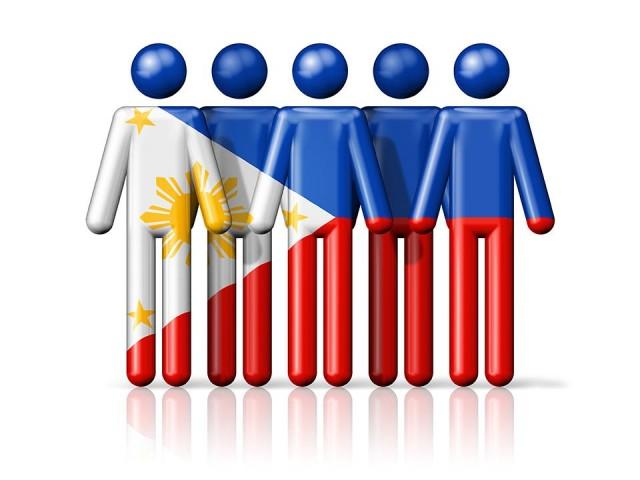The Coronavirus epidemic has sent shockwaves around the world and, no doubt, the worst-affected area. Reports from the Coronavirus Community Task Team and the Office of the Administration of Arising Irresistible Illnesses (IATF-EID) have identified workplaces as some of the key sources of flood pollution. In the middle of the 2020 Trip, many organizations were asked to close their workplaces as part of measures to monitor the spread of the disease. A few firms had the opportunity to adopt digital platforms to continue their operations, but many businesses have failed to do well from the comfort of their home.
Philippines has managed to shut down health progress for decades by writing the UHC into law; registering all citizens with Philippine Health Insurance Corp, or national PhilHealth; and making changes to make UHC a reality. This national policy has strengthened the health sector's response to COVID-19 and empowered the country's Department of Health to maintain its commitment to the UHC during the current crisis.
Prior to the epidemic, the ReachHealth Project of the United States Agency for International Development - in partnership with the Philippine Department of Health, PhilHealth, World Health Organization, and other partners - helped build nationwide tools and training at UHC, while supporting local governments.
Experts estimate that a large proportion of the calls (69%) will help save thousands of businesses during the epidemic. Similarly, 46% of auxiliary writing staff and 30% of professionals and related professionals in non-domestic activities will provide assistance in the digital construction of the workplace. However, these working groups are less than 16% of the total workforce in terms of skilled and efficient staff.
While basic jobs and skilled workers in agriculture account for about 40% of total jobs in the economy, almost all of these jobs have stalled due to COVID-19. The disease has highlighted job creation in contrast to the employment of a large portion of Filipino workers, which has been a major threat to their economic survival under the current closure.
Domestic workers are often well-educated and workers who are unable to work from home are characterized by low levels of education. This is an area of inequality that has been highlighted by the epidemic. Getting a good education opens up a whole new world of opportunity for people to pay well, but it also has the power to change the way we work. These workers can better cope with the effects of epidemics or other problems that require them to work from home.
The results of the AIM RSN PCC study also show that those earning less, those with lower education, and those working in fields such as agriculture and marketing are at greater risk of not being able to work at home.
The COVID-19 epidemic has exposed the dangers of workers in the unemployed sector. Not only are they at high risk of losing their jobs as the period of ongoing segregation progresses, but they also face health risks due to the lack of safe ways to access work. They may also not have enough money to buy health insurance and access health services when they are sick.
Although only 12% of employees currently work in telecommunications services, and only about 26% of telecommunications services, these numbers make an important contribution. Getting more workers ready for telework can help solve the labor market inequalities mentioned above. While millions of employees are now able to work by telephone, now is a good time like any private and public company to work together to make this a success, a long-term employment option for most employees.

